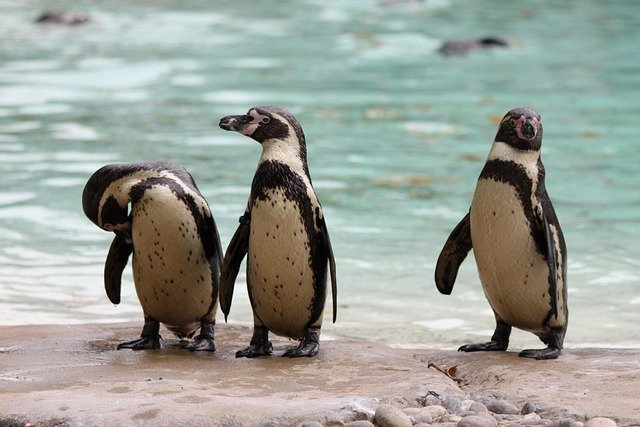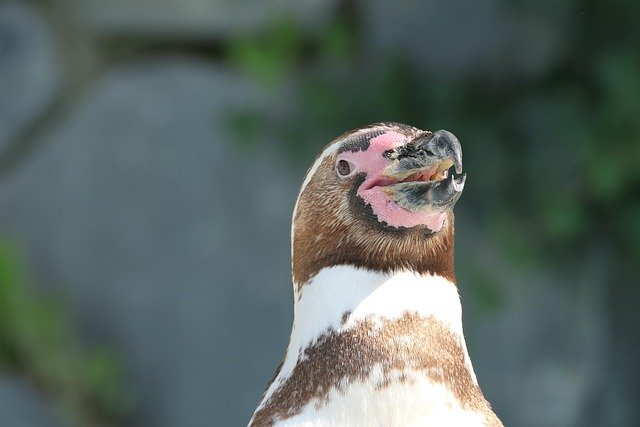**Title: "The Social Dynamics of Penguin Colonies: Understanding Their Complex Social Structures"** **

The Social Dynamics of Penguin Colonies: Understanding Their Complex Social Structures
Penguins are fascinating creatures that have captured the hearts of many with their charming waddles and striking appearances. However, beneath their adorable exteriors lies a complex social structure that is essential for their survival and reproduction. In this post, we will explore the intricate social dynamics of penguin colonies, shedding light on how these birds interact, communicate, and thrive in their harsh environments.
The Importance of Social Structure
Penguins are highly social animals that often live in large colonies, sometimes numbering in the thousands. These colonies provide several benefits, including:
- Protection from Predators: Living in groups helps penguins reduce the risk of predation. The sheer number of individuals makes it difficult for predators to target specific birds.
- Cooperative Breeding: Many species of penguins engage in cooperative breeding, where individuals help care for the young of others. This increases the survival rate of chicks.
- Resource Sharing: In a colony, penguins can share information about food sources and foraging locations, enhancing their ability to find sustenance.
Communication: The Key to Social Interaction
Penguins rely heavily on vocalizations and body language to communicate within their colonies. Each species has its own unique calls that convey different messages, such as:
- Mating Calls: During courtship, males and females use specific calls to attract partners and reinforce bonds.
- Alarm Calls: When a predator is spotted, penguins emit alarm calls to alert others in the colony, prompting them to take cover.
- Chick Communication: Parent penguins and their chicks have distinct vocalizations that help them recognize each other amidst the bustling colony.
Hierarchical Structures
Within penguin colonies, there are often hierarchical structures that dictate social interactions. Some key aspects include:
- Dominance Hierarchies: Certain individuals may establish dominance over others, influencing access to resources such as food and nesting sites.
- Pair Bonds: Many penguins form long-term pair bonds, which can affect their social standing within the colony. Stronger pairs often have better access to resources and breeding opportunities.
- Subgroups: Penguins may form smaller subgroups within the larger colony, which can impact social dynamics and interactions.
Challenges and Adaptations
The social dynamics of penguin colonies are not without challenges. Factors such as climate change, overfishing, and habitat destruction can disrupt their social structures. Penguins are adapting to these changes in various ways, including:
- Changing Breeding Habits: Some species are altering their breeding seasons in response to shifting environmental conditions.
- Increased Aggression: As resources become scarcer, competition within colonies may lead to increased aggression and changes in social hierarchies.
Conclusion
The social dynamics of penguin colonies are a testament to the complexity of animal behavior and the importance of social structures in the animal kingdom. Understanding these dynamics not only enhances our appreciation of these remarkable birds but also highlights the need for conservation efforts to protect their habitats and ensure their survival.
As we continue to study penguins and their social interactions, we gain valuable insights into the broader implications of social behavior in wildlife and the challenges they face in an ever-changing world.
Join us in our next post as we delve deeper into the various species of penguins and their unique adaptations to survive in some of the harshest environments on Earth!

Upvoted! Thank you for supporting witness @jswit.